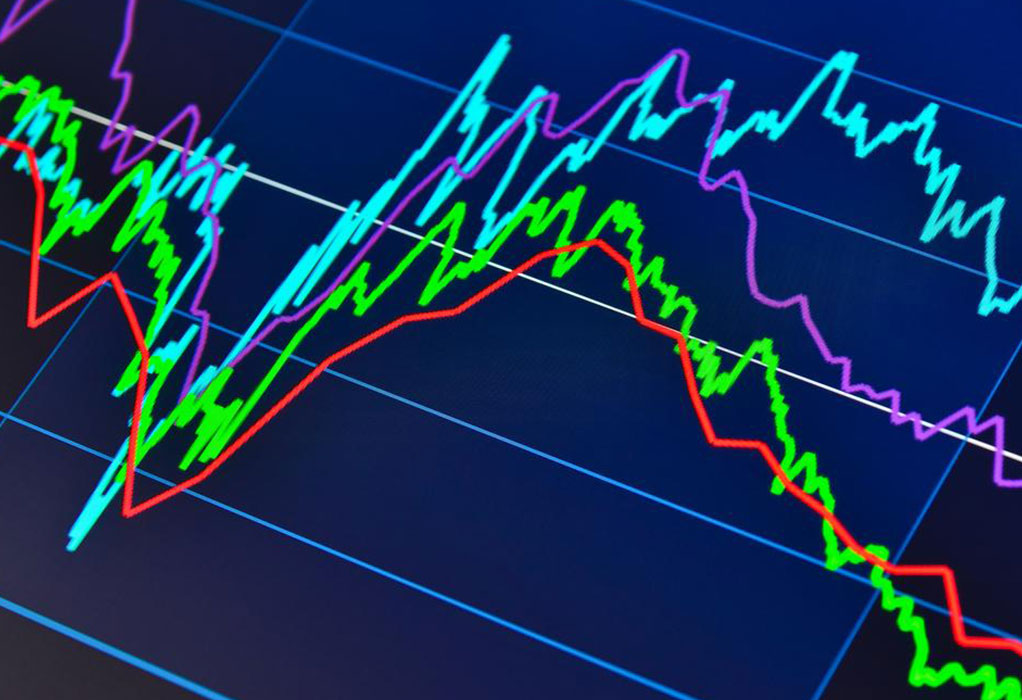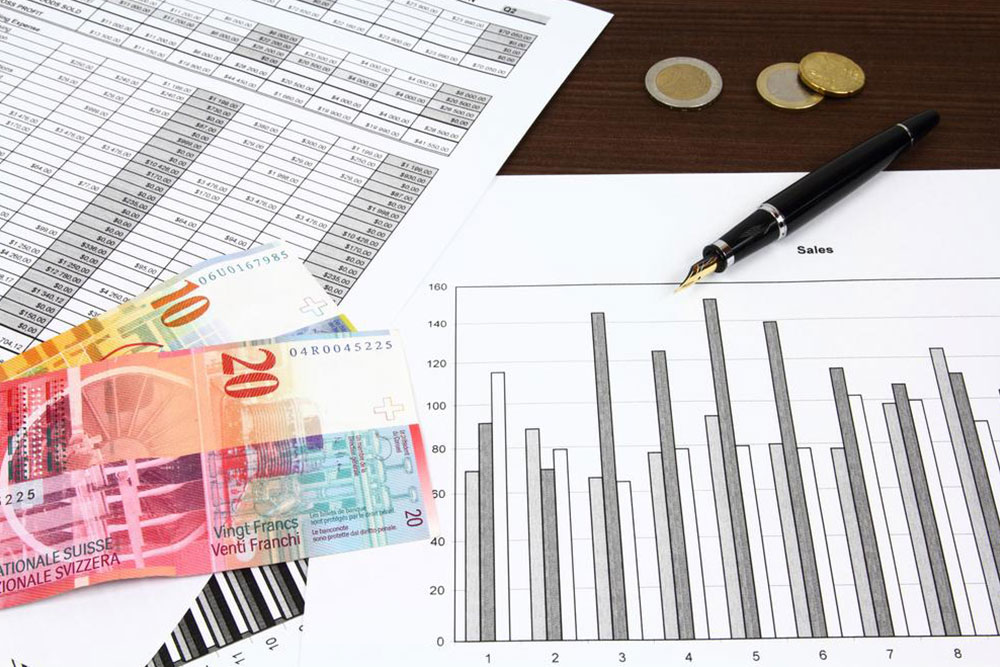Complete Guide to High-Yield Dividend ETFs: How to Maximize Your Income Portfolio
This comprehensive guide explores high-yield dividend ETFs, highlighting their functions, key selection factors, and investment strategies. Learn how to identify reliable funds for steady income, evaluate performance, dividends, and costs, and optimize your portfolio for better income streams and balanced risk management.

Comprehensive Overview of High-Yield Dividend Exchange-Traded Funds
In today's dynamic investment landscape, high-yield dividend ETFs have become an increasingly popular choice for investors seeking reliable income streams and portfolio diversification. These specialized exchange-traded funds focus on investment in stocks renowned for consistently paying substantial dividends. Understanding how these funds operate, their advantages, and key selection criteria can help investors optimize their financial strategies and achieve their income goals effectively.
What Are High-Yield Dividend ETFs?
High-yield dividend Exchange-Traded Funds (ETFs) are investment vehicles that primarily hold stocks known for their generous and reliable dividend payments. These ETFs are designed to attract investors who prioritize steady income generation alongside potential capital appreciation. While some dividend ETFs focus on increasing dividend payouts over time, high-yield variants are particularly committed to delivering elevated dividend yields, often exceeding those of the broader market indices.
These funds can include both domestic and international companies spanning various sectors, such as utilities, telecommunications, consumer staples, and energy, which are traditionally associated with stable dividend payouts. The stocks within these ETFs are generally large-cap blue-chip corporations, recognized for their financial stability and consistent earnings, thus offering a relatively lower risk of principal loss compared to more volatile stocks.
Investors aiming for high dividend yields should carefully consider several critical factors before investing in these ETFs to ensure their financial goals are met effectively.
Understanding the Fund’s Investment Objective
Each high-yield dividend ETF follows a specific investment strategy aligned with its core objectives. Some funds prioritize stocks with a consistent history of increasing dividends over multiple years, aiming for dividend growth alongside income stability. Others focus on identifying stocks with the highest current dividend yields, regardless of their historical growth. The fund's name usually hints at its focus—whether it emphasizes dividend growth, high yield, or a combination of both. It is essential for investors to read the fund prospectus and analyze its strategy to ensure it aligns with their income expectations and risk tolerance.
Performance History and Track Record
Evaluating the past performance of a dividend ETF provides valuable insight into its stability and growth potential. Review its historical returns over various periods such as three, five, and ten years to gauge consistency. This data can often be found on the fund manager’s official website or through reliable online investment tracking platforms. Comparing performances across similar ETFs also helps investors identify the most reliable options for their income-focused portfolios.
Dividend Yield and Income Potential
The primary appeal of high-yield dividend ETFs lies in their income generation capabilities. Investors should examine the fund’s recent dividend payouts, available in the prospectus or on the fund’s online platform. Calculating the dividend yield involves dividing the most recent dividend by the ETF's net asset value (NAV) or current share price. As a benchmark, comparing the yield to well-known indices like the S&P 500 can reveal whether the ETF’s yield is competitive and suitable for income-focused investing.
Cost Structure and Expense Ratios
Expenses can significantly impact net returns, so evaluating the ETF's expense ratio is a crucial step. The expense ratio reflects the annual management and operational costs expressed as a percentage of the fund’s assets. Typically, passively managed ETFs have lower expense ratios, making them cost-effective options for consistent income generation. More actively managed high-yield funds may have higher fees, but their performance should justify these costs through superior returns or strategic asset allocation.
In summary, high-yield dividend ETFs serve as excellent tools for conservative investors, retirees, or anyone seeking reliable income streams. They are also beneficial for diversifying riskier portfolios by adding stable dividend-paying stocks that generate regular cash flow. When selecting an ETF, investors must consider the fund’s strategy, past performance, dividend yield, and expense structure to make informed investment decisions that align with their financial objectives and risk appetite.
Fundamentally, investing in high-yield dividend ETFs offers a balanced approach to income and growth, making them a vital component of a well-rounded investment portfolio aimed at achieving long-term financial stability.





